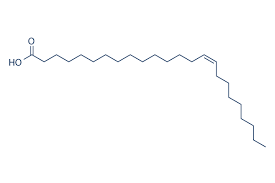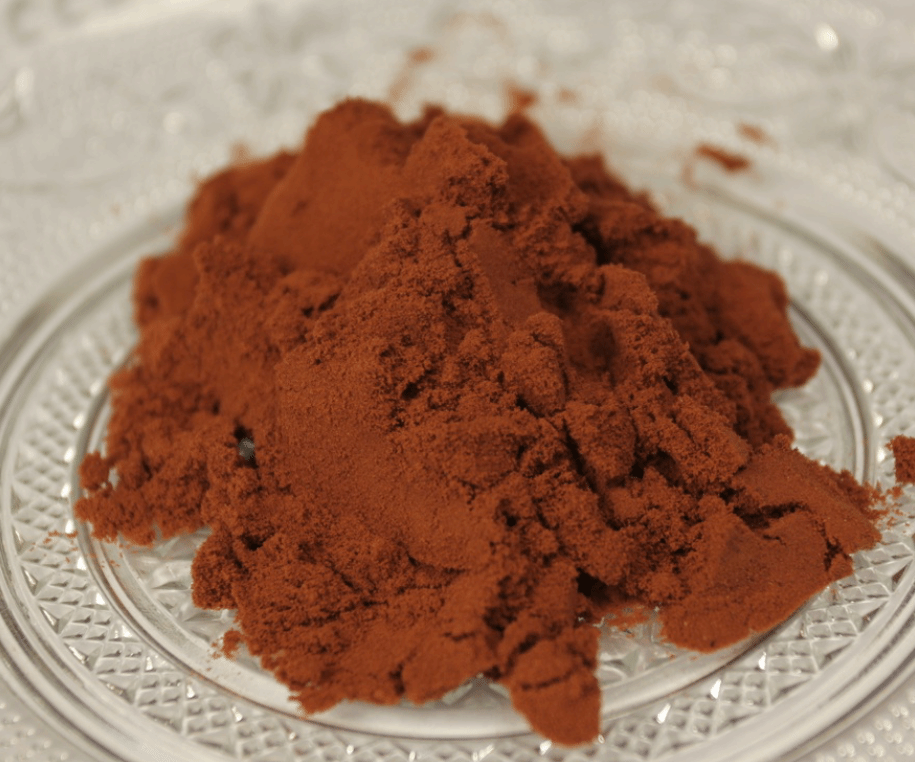Nervonic Acid: An Overview of its Sources, Production, and Biological Functions
Introduction
Nervonic acid (C24:1 Δ15, cis-15-tetracosenoic acid, NA) is a very long-chain fatty acid that was originally discovered in mammalian nerve tissues. It plays a vital role in human health, particularly for the brain. NA forms nervonyl sphingolipids through an amide bond with sphingosines. These nervonyl sphingolipids are key components in the white matter of the brain and myelinated nerve fibers. NA is essential for brain development and maintenance, and it aids in the biosynthesis and improvement of nerve cells. It is also a natural component of maternal milk, promoting infant growth by assisting nervous system development.

Natural Sources
NA is found in the seed oils of several wild plants, including:
- Lunaria annua(honesty)
- Acer truncatum(purpleblow maple)
- Tropaeolum speciosum(flame flower)
- Borago officinalis(borage)
- Cannabis sativa(hemp)
However, extracting NA from these plants is currently not economically viable, and more cost-effective methods of production are needed. One promising avenue is microbial production, which could facilitate large-scale NA production.
Biological Functions and Health Benefits
Research has increasingly focused on the biological functions of NA. Supplementation with NA has been shown to be effective in treating neurological diseases, such as demyelinating disorders. NA can be produced in the human body through the conversion of other fatty acids via biochemical reactions or through direct ingestion, making it readily available to the body. Its pharmacological and nutraceutical applications are significant due to its biofunctional properties.
Production and Application Prospects
Over the past decades, research has highlighted the importance of NA for human health, its developmental potential, and its promising application prospects. The main challenges lie in improving the economic feasibility of its extraction and production. Advances in microbial production of NA offer a potential solution for large-scale production, which could make NA more accessible for use in various health-related applications.

Conclusion
Nervonic acid is a crucial nutrient with extensive benefits for brain health and development. Its role in forming vital components of nerve tissues underscores its importance. While natural sources exist, overcoming the current diseconomies of extraction is essential for its wider application. The development of microbial production methods is a promising step toward making NA more broadly available for pharmacological and nutraceutical uses. This review summarizes the current knowledge on the sources, production, and biological functions of NA, highlighting its significance and potential in promoting human health.
Contact:James Yang
Tel/WhatsApp: +8619992603115
WeChat:19992603115
Email: sales@xabcbiotech.com











